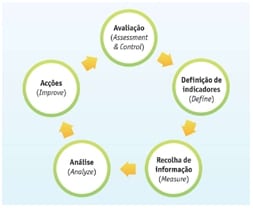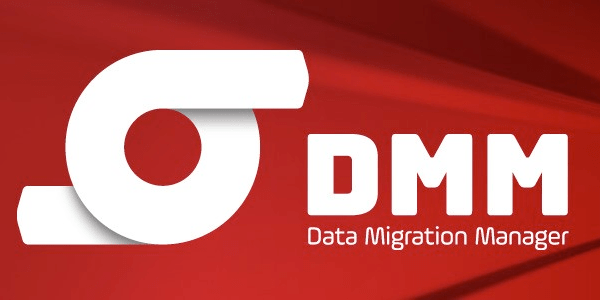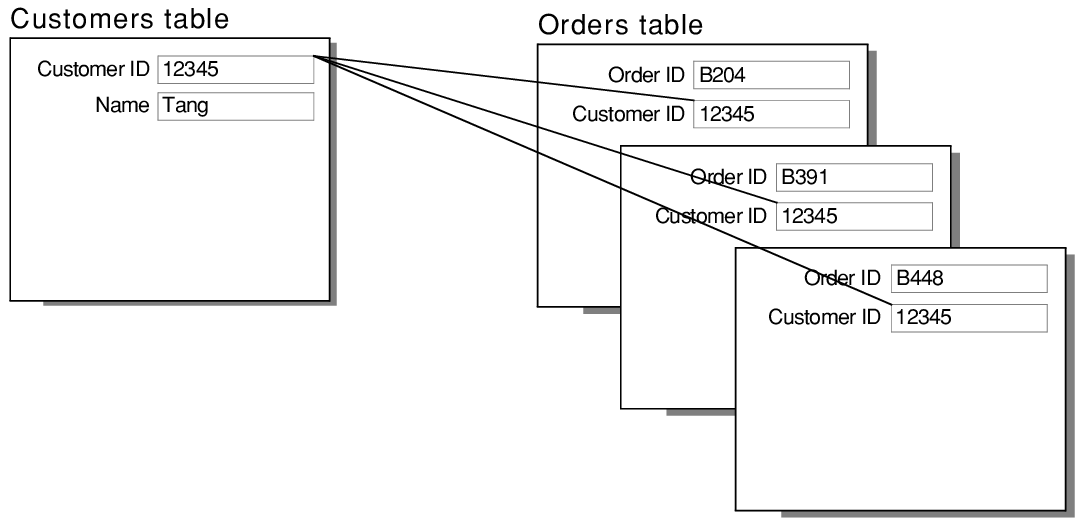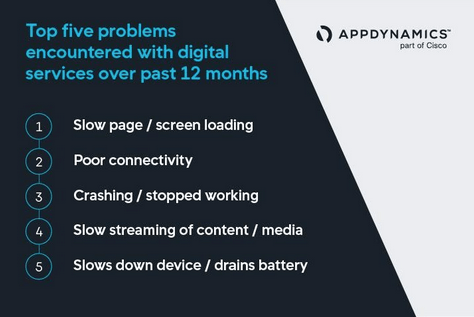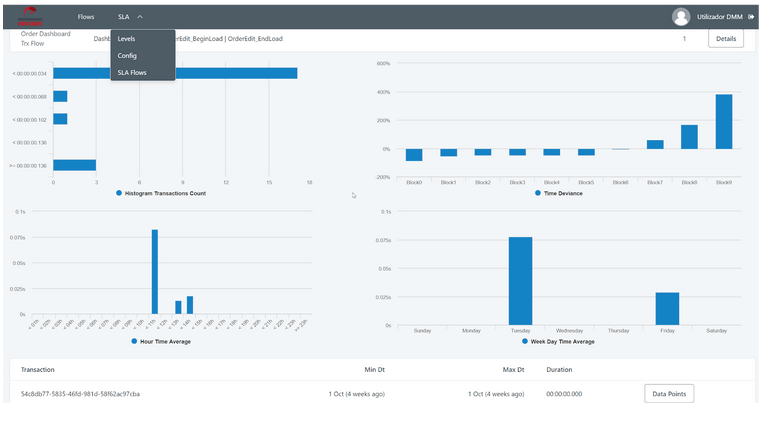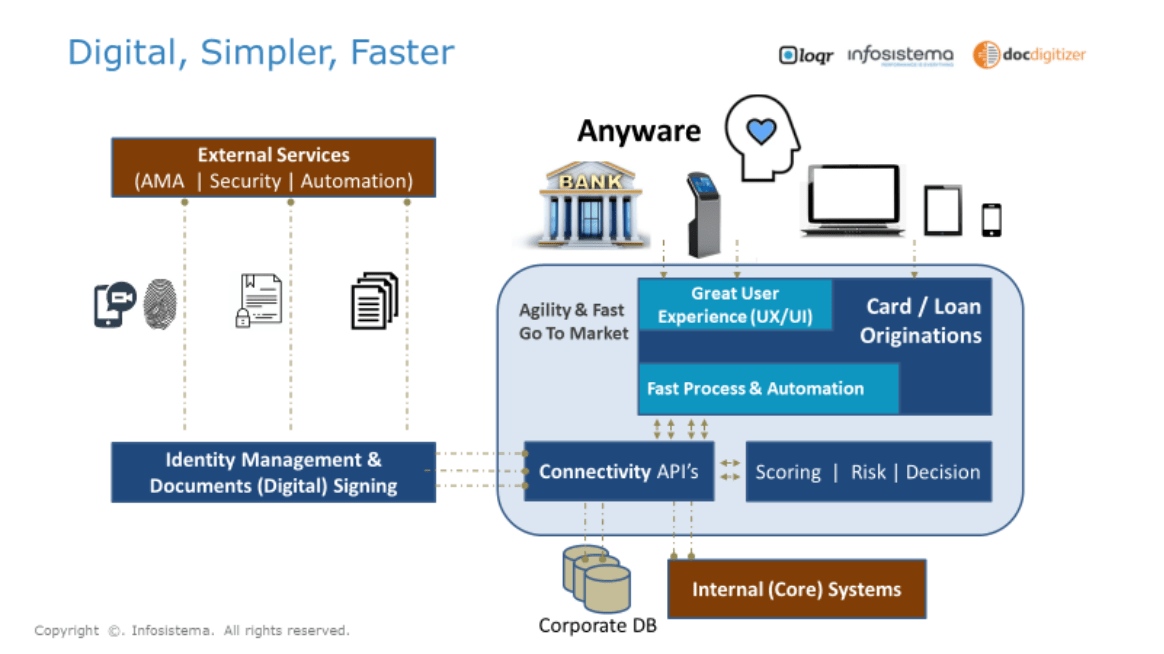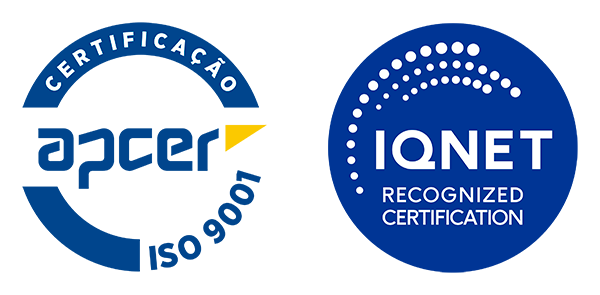Information Systems Performance
Article published by Jorge Pereira on June 1, 2011
The financial sector in Portugal has a satisfactory level of maturity in Information Technologies (I.T.) and adequacy to the problems and needs of the business. However, many of the companies, mainly in the insurance sector, struggle with huge budgetary difficulties. Many of the projects scheduled and even budgeted at the beginning of the year are often suspended or canceled during the year, particularly over the past few years of crisis and due to lack of liquidity which has affected organizations across the world.
Other sectors such as health and public administration are struggling more with higher budgetary constraints than companies in the financial sector, and are therefore in a lower maturity stage, facing major needs and difficulties in the use of today’s information technologies as a means of improving their processes and in the dynamization of their activity.
Many of the projects are decided due to their urgency in supporting operation due to failures, such as updating (upgrade) low-tech and low-performance (efficiency), often with serious defects in functionality and coverage of organization processes. Others are conducted as an extension or functional extension of applications with structures and architectures which are no longer supported, resulting in small and fast investments but with null results as its integration into organization’s work processes was not intended nor ensured, resulting in low user adoption. Users should be the central point of the systems, applications and processes and its appendices or external factors.
Management information quality for I.T. decision makers today must have a fundamental role and priority in its strategy and in systems annual planning, contributing decisively to the success/failure of an information technologies department. All projects and applications should fulfill specific requirements relating to indicators and management information, properly thought-out and structured from the very beginning of the project, thus resulting in small additional investments enabling the achievement of various objectives, such as:
a) Auditability – information relating to security and audit of actions currently undergoing changes or data query;
b) Compliance – auditing records along with suitable project methodologies allow international standards to be met, which are especially strong in the financial sector;
c) Application Performance – audit records, in addition to specific operability and availability registers, make it possible to measure and monitor the performance of the systems, infrastructure and applications;
d) Performance of Business and Information Technologies – by ensuring the previous three topics and registers, and adding specific registers with information on usage levels and production of applications and systems, generating historical information with the organization’s productivity data with direct impact on the business, we can raise the maturity of information systems of this organization to a higher level, potentially in perfect harmony with the central activity of the business and with its strategic orientation. In this way, it will be very easy to value and make decisions on investments and projects in information technologies because we will have management information that informs us about its strategic significance and about its financial return.
A good conversion of knowledge in technology and business support tools, can be a valuable resource in improving the performance of organizations. I.T.’s are today a compulsory component in organizations, and should be regarded as an innovation and empowerment business factor. Not only as a cost.
The only way to get good results is to properly organize the teams and improve the structure of internal processes thus achieving the expected results (functionality; budget; calendar and plan; quality and safety; performance).
The main activities of a reference methodology (6 Sigma) are:
- Analysis and Diagnosis of the Current Situation
- Definition of Objectives and Indicators
- Alignment of the I.T. operational indicators with the business indicators;
- Measurement
- Collection of critical information and measurement of indicators;
- Analysis of the Results and Developments
- Deciding on improvement actions based on indicators;
- Implementation of Improvement Actions
- Corrective and Evolutionary;
- Team capacity and Adequacy of Means (towards objectives);
- Integrated Management Strategy, Evolution and Communication
- Monitoring and Reporting of Indicators (CEO, team, company);
- Continuous Process Control.
This will certainly not be the only methodology option to follow. A proper implementation of the methodology adopted is a critical success factor.
